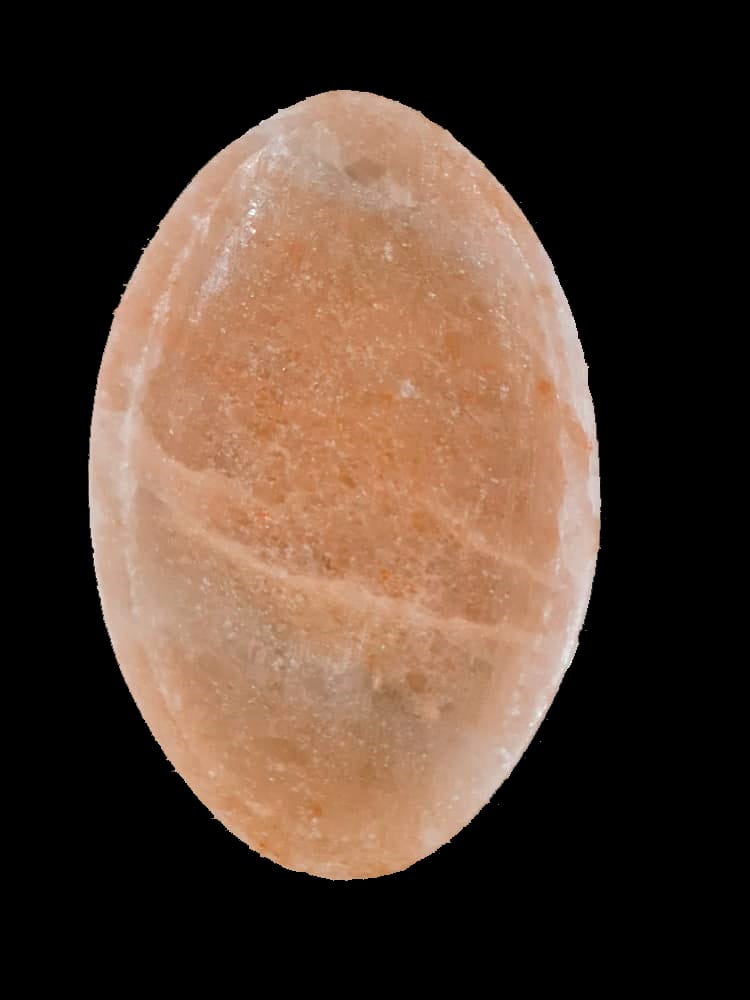A salt crystal plate, also known as a Himalayan salt block or salt slab, is a thick, rectangular slab of natural salt typically made from pink Himalayan salt mined in Pakistan. These plates can be used for cooking, grilling, and serving, imparting a subtle salty flavor to foods while adding a unique aesthetic to presentations. Salt plates have grown in popularity among home chefs and culinary enthusiasts for their versatility and ability to infuse flavor naturally.
Algohar World natural salt lamps that are believed to provide various benefits, combining both the aesthetic appeal and the potential health advantages associated with Himalayan salt lamps.
What is a Salt Crystal Plate?
Origin and Composition
Salt crystal plates are typically sourced from the Khewra Salt Mine in Pakistan, which is known for its vast deposits of Himalayan pink salt. The plate’s unique color—ranging from pink to amber—is due to the trace minerals present in the salt, including iron, potassium, magnesium, and calcium.
Types and Sizes
Salt crystal plates come in various shapes and sizes, including rectangular, square, and round shapes. Thicknesses can vary from half an inch to several inches, with thicker plates providing better durability for high-heat cooking methods.
Common Uses
These plates are popular for searing, grilling, chilling, and even serving. The salt crystal plate can withstand both hot and cold temperatures, making it versatile for various culinary techniques.
Benefits of Cooking with a Salt Crystal Plate
Natural Flavor Infusion
Using a salt plate allows a subtle, evenly distributed saltiness to seep into the food as it cooks or rests on the surface. This enhances the flavor without overpowering the dish, making it ideal for meats, seafood, and vegetables.
Mineral-Rich and Naturally Anti-Microbial
The trace minerals in the salt plate add a unique flavor to dishes. Additionally, salt has natural antimicrobial properties, which can help inhibit bacterial growth on the surface.
Unique Presentation
A salt crystal plate creates a memorable dining experience and serves as a visually stunning piece when used to present or serve dishes. The pinkish hue of the plate adds a touch of elegance and intrigue, especially when serving foods like sushi, sashimi, or cheese.
Versatile Culinary Applications
Salt plates can be used for various applications, from high-temperature cooking methods like searing and grilling to cold uses like serving chilled desserts and appetizers.
Cooking Techniques with a Salt Crystal Plate
high-Heat Cooking and Searing
Salt plates can be gradually heated and used to cook various ingredients directly on the surface. Foods like steak, shrimp, and scallops benefit from the high-heat searing that a salt plate provides, developing a crispy outer layer and juicy interior.
Cold Applications
Salt plates can also be chilled and used to serve cold dishes such as sashimi, fruits, and cheeses. The salt lightly seasons these foods, enhancing their natural flavors.
Note: cooking salt crystal plate brings out rich flavors in food, adds visual appeal, and serves as a natural, mineral-rich alternative to conventional cooking surfaces.
Dairy and Cheeses
Soft cheeses like mozzarella and burrata can be served on a chilled salt plate for a beautiful and flavorful presentation. Salt plates also work well for baking brie and enhancing its taste.
Storing the Salt Plate
Store the salt plate in a cool, dry place, away from moisture. High humidity may cause the plate to sweat or dissolve slightly. Keeping it in an airtight container or wrapping it in a dry cloth can help preserve its condition.
Handling Temperature Changes
Salt plates are sensitive to sudden temperature shifts, which can cause cracking. Always heat or cool them gradually and avoid placing a hot plate directly on cold surfaces.
Common Mistakes to Avoid When Using a Salt Plate
Overheating the Plate
Heating the plate too quickly or at excessively high temperatures can cause it to crack. Always heat gradually to avoid this issue.
Cooking with Excessive Liquids
Foods with high water content can absorb too much salt or cause the salt plate to dissolve faster. It’s best to dry ingredients well before placing them on the plate.
Leaving Food Too Long
Food left on the salt plate for extended periods will continue absorbing salt, potentially resulting in an overly salty taste. Monitor cooking times to avoid over-seasoning.
Using Detergents for Cleaning
Using soap or detergents can cause the salt plate to absorb these substances, potentially altering its flavor and safety. Stick to a simple water wipe and scraping for cleaning.
Frequently Asked Questions about Salt Crystal Plates
How Long Does a Salt Plate Last?
With proper care, a salt plate can last through many uses. Thicker plates tend to be more durable, but all salt plates will eventually wear down and need replacement.
Is a Salt Plate Safe for Direct Heat?
Yes, salt plates are safe for stovetops and grills as long as they are heated gradually. Always avoid placing a salt plate over an open flame or heating it too quickly.
Salt plates can be used in ovens for baking, provided they are preheated gradually. This method is ideal for baking flatbreads, pizzas, and roasted vegetables.
Conclusion
Using a salt crystal plate in the kitchen can elevate the culinary experience with its distinctive flavor, aesthetic appeal, and versatility. While it requires mindful use and care, the salt plate’s unique qualities make it a valuable addition for those interested in enhancing their cooking and serving techniques naturally. Whether used for searing meats, chilling fruits, or presenting appetizers, a salt plate is an investment in flavor, presentation, and sustainable cooking.
